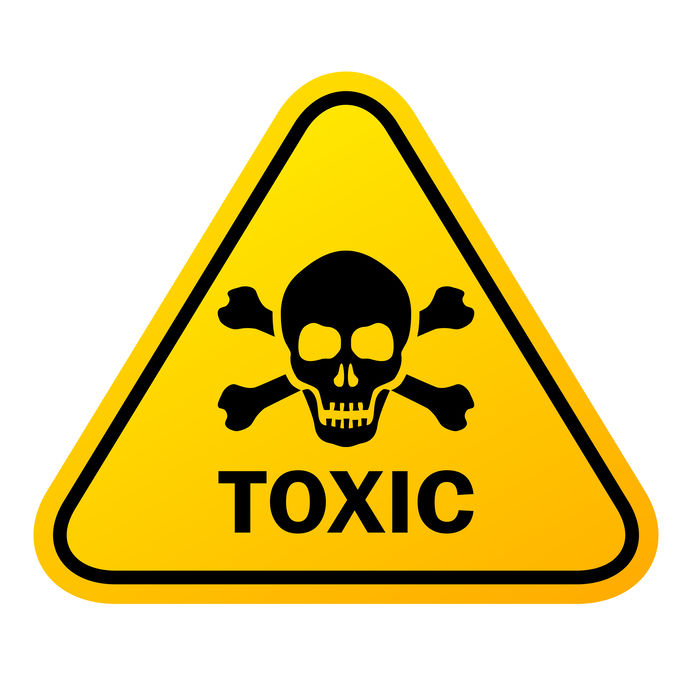

What is a Toxic Tort and What Does it Have to Do with Personal Injury?
In personal injury law, a tort is a personal injury caused by civil (not criminal) wrongdoing. Generally, torts are not done intentionally but involve negligent behavior such a drunk driver causing a car accident that injures another. A toxic tort is when the injured person (plaintiff) alleges that they were harmed because of exposure to a toxic substance or chemical because of the negligence of another.
To prove a personal injury claim, injury attorneys must show that:
- A relationship that created a duty of care existed,
- The duty of care was broken through negligence,
- The negligence was the direct cause of injury,
- And actual damages were suffered such as pain and suffering and medical bills.
What makes toxic tort cases complicated?
Each individual personal injury case has its own complications and challenges. What makes toxic torts more complicated in general is that injuries don’t always show up until years after exposure and even when they do, they may not be easily visible. Adding to this, it can be a big challenge to prove that a medical injury or illness such as cancer was caused directly by exposure to a toxin or chemical, which is number three on the list of things that must be proved. Expert medical witnesses will need to be hired to show the connection.
What are the most common causes of exposure to toxins and chemicals?
The most common causes of exposure to toxins and chemicals are:
- Exposure at work. Workers in certain industries may be at risk of being exposed to chemicals such as lead, asbestos, benzene, cadmium, mercury, paint and silica. Exposure may cause nerve and neurological injuries, burns, rashes, and throat and lung injuries. When a worker is exposed to toxins or chemicals on the job, their injuries will almost always be covered under a worker’s comp claim. While employers cannot be sued for exposing their employees to chemicals or toxic substances, a civil lawsuit (personal injury claim) may be appropriate if the injury happened because of the negligence or legal fault of someone other than the employer.
- Exposure in your home. Toxic mold is a serious risk in cool, damp places like the Pacific Northwest. Symptoms of toxic mold poisoning include dry cough, wheezing and rashes. When people are exposed to toxic mold in their home, they may be able to sue the builder or contractor if their negligent building caused toxic mold to grow and spread. The homeowner’s insurance policy may cover the cost of clean-up.
- Exposure in a rental home. When a tenant is exposed to toxic mold or carbon monoxide poisoning in their rental home, they may be able to sue their landlord if their landlord acted negligently by knowingly not fixing a dangerous health risk in a timely manner. Symptoms of carbon monoxide poisoning include weakness and loss of consciousness.
Seek the help of a personal injury attorney
If you or a loved one was injured because of the negligence of another, contact a personal injury lawyer to discuss your legal rights. Let an experienced accident attorney fight for the full compensation that you deserve. It is not uncommon to receive a settlement from the insurance company that is five to ten times larger with the help of a lawyer. Call the personal injury lawyers at Tario & Associates, P.S. in Bellingham, WA today for a FREE consultation! We have been representing residents of Whatcom County, Skagit County, Island County and Snohomish County since 1979. You will pay nothing up front and no attorney fees at all unless we recover damages for you!




